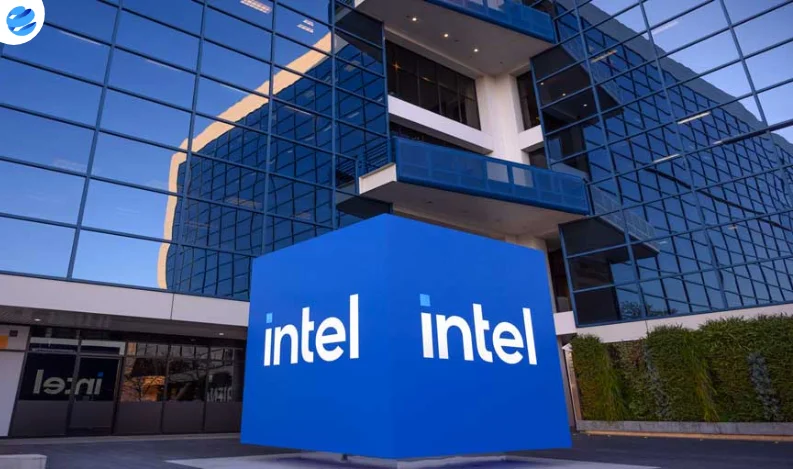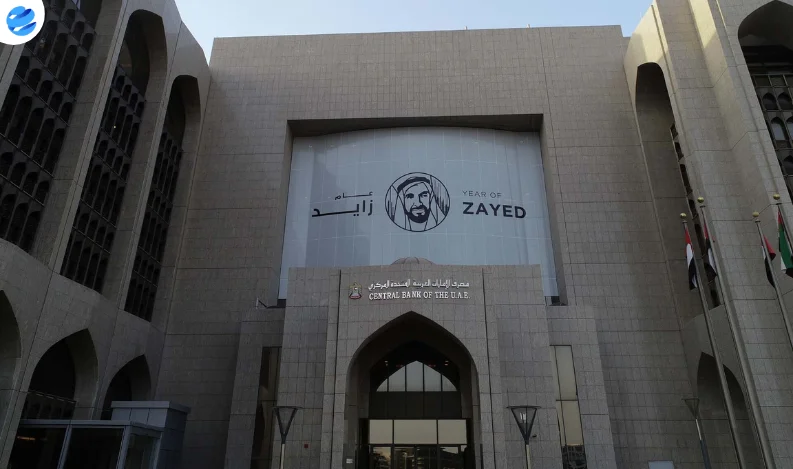US banks are in a frantic rush to move billions of dollars worth of gold from London to New York, a situation that has sparked a gold rush unlike any other. The move is being driven by fears of a global trade war ignited by President Donald Trump's tariff threats, particularly targeting Europe. This shift has more than doubled the United States' gold inventories since Election Day, increasing the nation's holdings from $50 billion on November 5 to approximately $106 billion today.
The Impact of Tariff Threats on Gold
The surge in gold movement is largely attributed to Trump's tariff threats, which have led to a dip in gold prices in London by roughly $20 since December. Traders are also concerned that the US President may extend tariffs to gold itself, further exacerbating the situation.
In response, major US banks such as JPMorgan and international institutions like HSBC have been flying gold across the Atlantic. The influx of gold into New York is intended to cover losses on short positions, with gold in New York currently valued higher than in London. This shift in pricing dynamics has led to significant shortages of gold in London, with delivery times now extending from a few days to 4-8 weeks, a stark contrast to the previous wait times.
US Gold Inventories and Price Differences
Last week, President Trump introduced 25% import taxes on steel and aluminum, stoking further fears that gold could soon be included in the tariff list. The price difference between London and New York has been significant. Gold futures in New York have surged 11% this year, reaching $2,935 per troy ounce, with analysts predicting that the price could rise to a record-high of $3,000 per ounce.
The Bank of England (BoE) has reportedly been inundated with requests due to the significant price gap. Over recent months, around 8,000 gold bars—worth approximately 2% of the BoE’s total gold reserves—have been moved out of the Bank’s vaults, further fueling the gold transfer to the US.
How Banks Are Capitalizing on the Situation
Banks are seizing the opportunity presented by the price disparity between the London cash market and New York's futures market by withdrawing substantial amounts of gold from London vaults and Swiss refineries. These supplies are then transported to the US, where they are placed into futures contracts, allowing the banks to profit from the higher gold prices in New York.
JPMorgan is reportedly leading this rush, with plans to deliver $4 billion worth of gold in just one month.
How the Gold Is Transported
The process of transporting gold across the Atlantic involves a well-coordinated logistics operation:
- Ground Transport: High-security vans transport the gold from vaults to the airport.
- Recasting: The gold is sent to Swiss refiners, where it is recast into different bar sizes to meet Comex contract requirements.
- Air Transport: Once recast, the gold is loaded onto commercial flights, utilizing cargo holds for transport to the US.
This method of using commercial flights for transporting gold has proven to be cost-effective, enabling banks to move the precious metal swiftly across international borders.
As the situation develops, it appears that both the geopolitical landscape and the gold market are on the brink of significant change, with the US poised to benefit from a substantial influx of gold to its vaults in the wake of Trump's tariff threats.























